It is the most beautiful handwork of Lucknow passed down from generations. Legendary designers like Tarun Tahiliani, Payal Jain, Manish Malhotra, and Meera-Muzaffar Ali of Kotwara, to name a few, have been repackaging and promoting it for years. These style aficionados have worked tirelessly to elevate Chikankari, managing to give it the status of couture.
Surprisingly, with the two new entrants, The Three Idiots star Ali Fazal along with his wife, the Heeramandi actress, Richa Chadha, also trying to “push chikankari”, it kind of seems incorrect as the traditional embroidery style already has been reinvented. Here is the evidence!
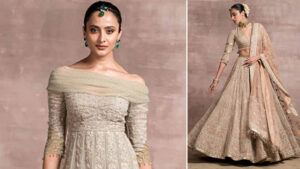
Tahiliani, a master of perfection, has made glamorous overtures – his lehenga accompanying a tulle dupatta with a burst of crystals and his straight kurti in tissue georgette with a tulle draped neckline. In fact, his entire line, titled “Painterly Dreams”, a few years ago, was an ode to chikankari which he calls, “India’s lace”. The 50-piece showcasing, was created in 200-man hours and came with pastels trails – draped dhotis in dusted gold. He had started with research on the Itmad-ud-Daula tomb, which was commissioned by Nur Jahan, and changed the treatment completely, not doing block prints, but creating his own artworks. He added his beloved Kashida and combined French knots and zardozi.
Chikankari has been a summer staple, so Richa-Ali’s new label Ehaab Couture, is not something ingenious, though there is a certain undeniable connection there, with Ali growing up in this city of nawabs. So, here, the name ‘Ehaab’ means the art of gifting.
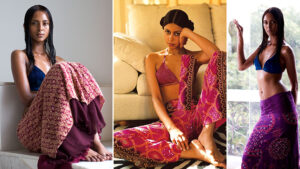
Veteran designer Payal Jain has been working with Chikankari for the last 20 years. It is one of the most magnificent Indian embroidery traditions, believed to be introduced by Nur Jehan, Mughal emperor Jahangir’s wife, in India. The very word ‘Chikankari’ means delicate, shadow work embroidery. It is a form of intricate needlework done on light fabric, focusing on tiny stitches like backstitch, chain stitch, and hemstitch. Originally, Chikankari was practiced only on white-on-white surface, transforming the plainest of fabrics into breathtaking pieces of art.
“Chikankari came to me when I was researching Mughal costumes and wanted to work on a collection inspired by their grandeur. As I began to dive deeper into the making of this fascinating tradition, I fell madly in love with it. Among Indian embroideries, this remains closest to my heart primarily because of its sheer simplicity,” says Jain.
Each piece is lovingly embellished, on the front and back sides of the fabric, in equal depth and detail, even though the onlooker never sees the reverse side. A single garment can take anywhere between 6-8 weeks for one karigaar to complete, thus making it unique and precious. Chikankari has been passed down generations, and kept alive solely by women, a tradition taught by mothers to their daughters.
“Chikankari is beyond seasons, trends, colours, or fashion, it remains a testament of classic timelessness. My Chikankari line is called ‘Awadh’, true to its birthplace,” says Jain. Her designs are a contemporary interpretation of traditional stitches like ‘Tepchi’, ‘Bakhia’, ‘Murri’ and ‘Phanda’, amalgamating heritage, culture, craft and textile. The canvas is wide for experimentation, and she has loved working with the intricacies of the stitches, introducing colours, adding modern motifs, working them on new fabrics, and marrying them all into her own design aesthetic.
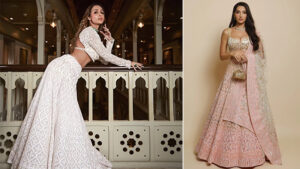
The designer, who is the most popular with Hindi cinema celebs, is Manish Malhotra. He has also been promoting this craft for the last 14 years. The Mijwan association titled, ‘Mijwan Sonnets in Fabric’, was launched in 2011. And just like Ehaab by Ali Fazal, it “empowers local women”. Founded by the late Kaifi Azmi, 300 rural women who were trained in Chikankari are now getting an education. Malhotra has experimented with sequins work, jaal, scallops, and appliqué work to add an edge.
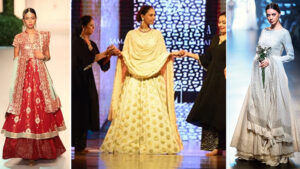
Muzaffar Ali and Meera, his wife, run the House of Kotwara. Their Chikankari combines aari, zardozi, appliqué and kamdani. They have employed families for generations at Anhalwara Palace, Kotwara, in Lakhimpur Kheri, and Kotwara House, Kaiserbagh Palace Complex, Lucknow.
Interestingly, their social initiative Dwar Pe Rozi Society to emancipate rural women through education and craft has been successful. Ali, however, is better known for the iconic Bollywood film, Umrao Jaan.
It remains to be seen what Ali and Richa create or add to the already burgeoning Chikankari market. – Asmita Aggarwal is Fashion & Lifestyle Editor of Nrifocus.com

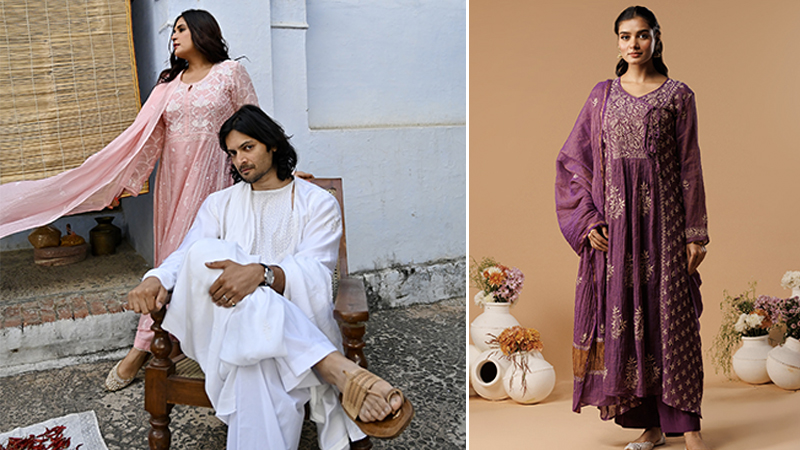
Leave a Reply